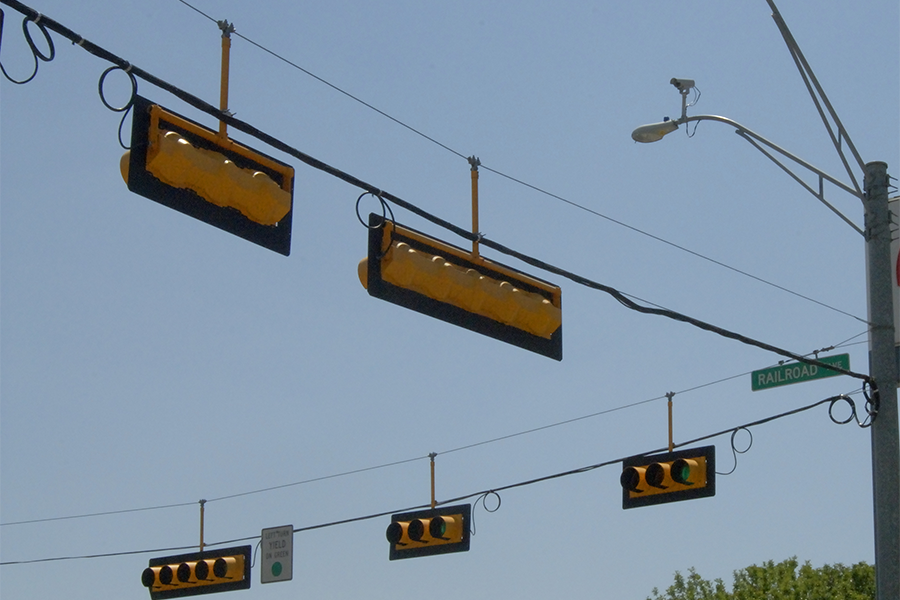
March 25, 2025
By Tila Grant
AUSTIN — Installing a traffic signal isn’t as simple as flipping a switch — it’s a carefully coordinated effort that spans 12 to 18 months.
The process involves detailed studies and approvals, design, procurement, and construction. Here’s a look at the process from request to activation.
Months 1-3: Identifying the need
A traffic signal begins with a need, whether voiced by the community, identified by roadway planners, or driven by new development. Before any action is taken, however, an official request must come from a city or county. This requirement ensures the need is evaluated at the local level.
Once a request is submitted, engineers conduct a traffic signal warrant study. This study analyzes traffic counts, crash data, and alternative solutions, a process that can take one to two weeks but may be delayed if conditions like school closures or holidays prevent an accurate count.
Months 4-6: Approval and design
If the study confirms a signal is warranted, the proposal moves to TxDOT for further review. At this stage, TxDOT considers factors like funding availability, upcoming roadway projects, and feasibility before final approval.
Once authorized, the design phase begins. Design is handled either in-house by TxDOT engineers or assigned to a consultant. Special considerations—such as emergency vehicle preemption, illuminated street signs, or nearby railroad crossings—are also addressed.
Months 7-12: Procurement and pre-construction
With design finalized (typically taking one to two months), the focus shifts to ordering equipment. Ordering and fabricating equipment is a lengthy process that is often subject to significant delays. Signal poles, for instance, are manufactured on demand and can take six to nine months to arrive due to steel supply chain issues.
Meanwhile, coordination with power providers begins. This ensures the necessary electrical service is ready for installation. While this can be a quick process, it sometimes takes more than a month depending on logistical challenges.
Months 13-16: Construction and setup
Once materials arrive, contractors begin installation of poles, signal heads, and wiring. Depending on complexity, this phase can take anywhere from a few weeks to several months.
Before activation, new signals enter a three-day flashing phase, alerting drivers to the upcoming change and helping them adjust before full operation begins.
Months 17-18: Testing and activation
The final stage includes a 30-day test period to ensure proper function. If the signal operates without issue, responsibility for maintenance shifts to TxDOT crews or a city, depending on location. From there, ongoing reviews—conducted every five years or as needed—ensure the signal remains optimized for traffic flow and safety.
A carefully planned process
From the first request to the moment a traffic light turns green for the first time, traffic signals are a long-term investment in safety and efficiency. While the timeline may seem extensive, each step ensures that when the light does switch on, it's built to serve the community for years to come.
*NOTE: All timeframes listed above are approximate and can change based on multiple factors.
